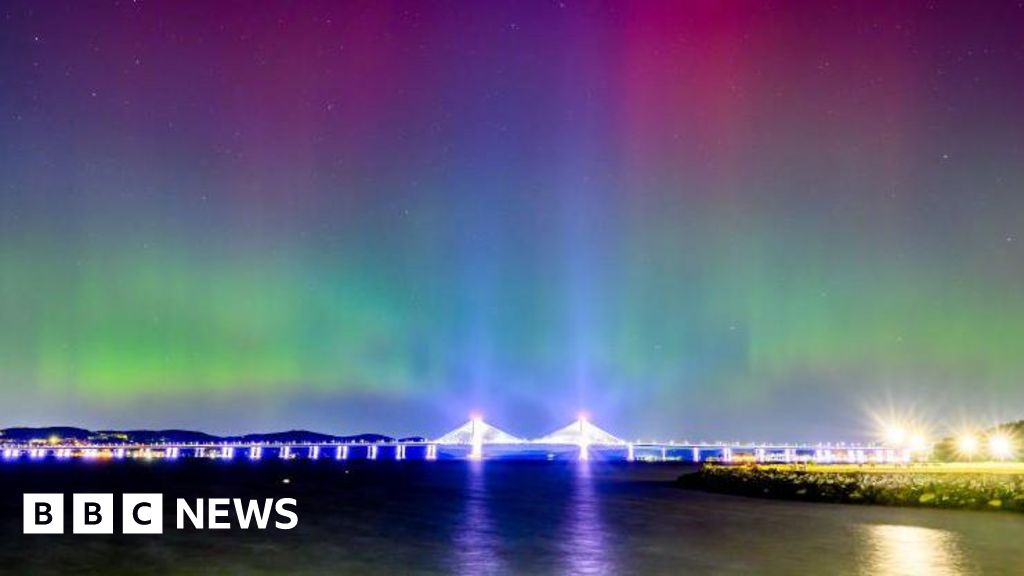Tech
Why are we seeing the Northern Lights so often lately?

What used to be a once-in-a-lifetime event – or a bucket list trip to the Arctic circle – has become a more common sighting in the last couple of years.
On Thursday night, the stunning colours of the Northern Lights were visible once again even to the naked eye across much of the US.
Experts say the Northern Lights, or Aurora Borealis, are more visible right now due to the sun being at what astronomers call the “maximum” of its 11-year solar cycle.
What this means is that roughly every 11 years, at the peak of this cycle, the sun’s magnetic poles flip, and the sun transitions from sluggish to active and stormy. On Earth, that’d be like if the North and South Poles swapped places every decade.
“At its quietest, the sun is at solar minimum; during solar maximum, the sun blazes with bright flares and solar eruptions,” according to Nasa, the US space agency.
The current 11-year cycle, the 25th since records began in 1755, started in 2019 and is expected to peak next year.
As a result the conditions that resulted in the recent activity will be in place for many months to come.
The solar eruptions that caused the latest round of sparkling lights in the night sky began on 8 October, when a huge sunspot erupted on the sun’s surface 93 million miles (150 million kilometres) away.
The eruption sent a stream of electrically charged particles called ions towards Earth. This stream is known as solar wind.
Aurora displays occur when the charged particles collide with gases in the Earth’s atmosphere around the magnetic poles.
As they collide, light is emitted at various wavelengths, creating colourful blinking and swirling displays in the sky.
During this maximum moment in the solar cycle, the number of sunspots increases which leads to more Coronal Mass Ejections sending charged particles to Earth, creating the aurora.
In the northern hemisphere, most of this activity takes place near the Arctic Circle.
When solar activity is strong, this can expand to cover a greater area.
Experts say with overall high activity on the sun with lots of sunspots, there is a high chance we’ll get more of these Coronal Mass Ejections directed to Earth in the coming months.
But to get a good view, make sure that you’re in a dark place – away from artificial sources of light – and make sure you are in a region where the skies are clear of any clouds.








